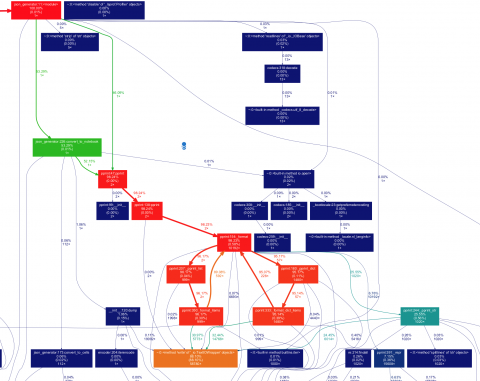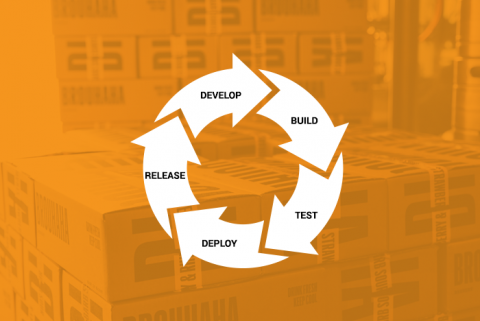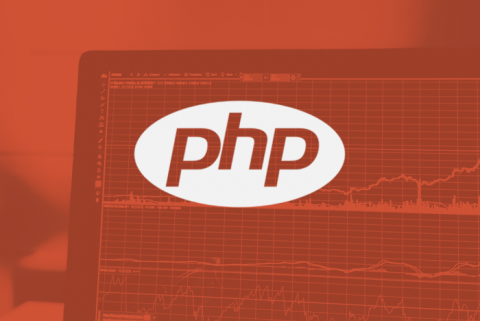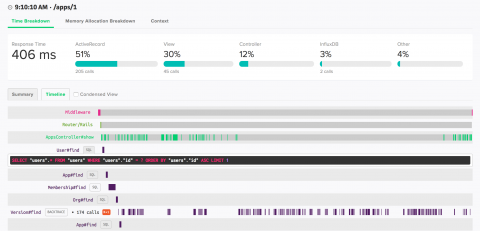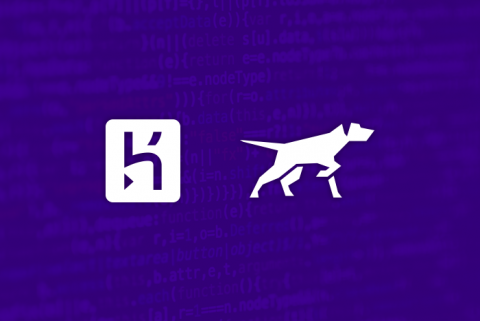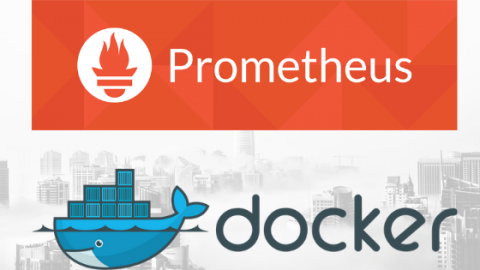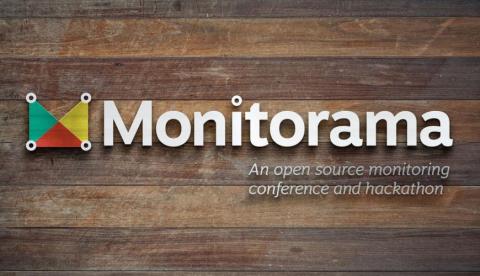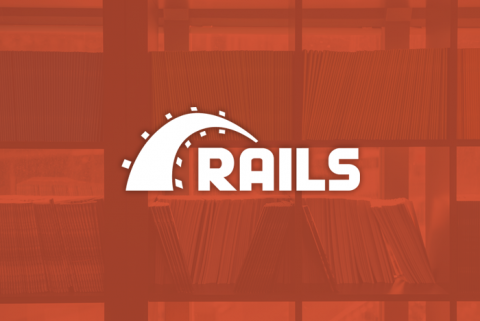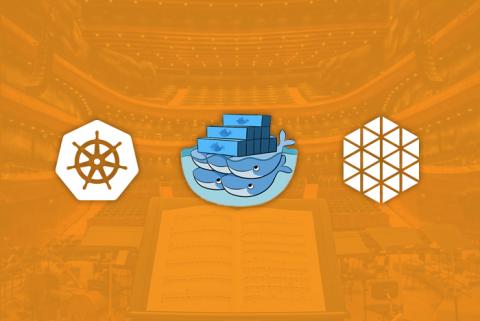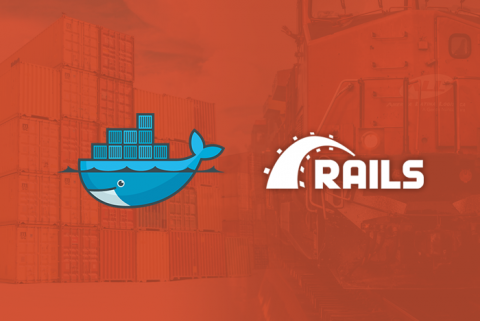Identifying bottlenecks and optimizing performance in a Python codebase
July 08, 2019 In this post, we will walk through various techniques that can be used to identify the performance bottlenecks in your python codebase and optimize them. The term "optimization" can apply to a broad level of metrics. But two general metrics of most interest are; CPU performance (execution time) and memory footprint. For this post, you can think of an optimized code as the one which is either able to run faster or use lesser memory or both. There are no hard and fast rules.


